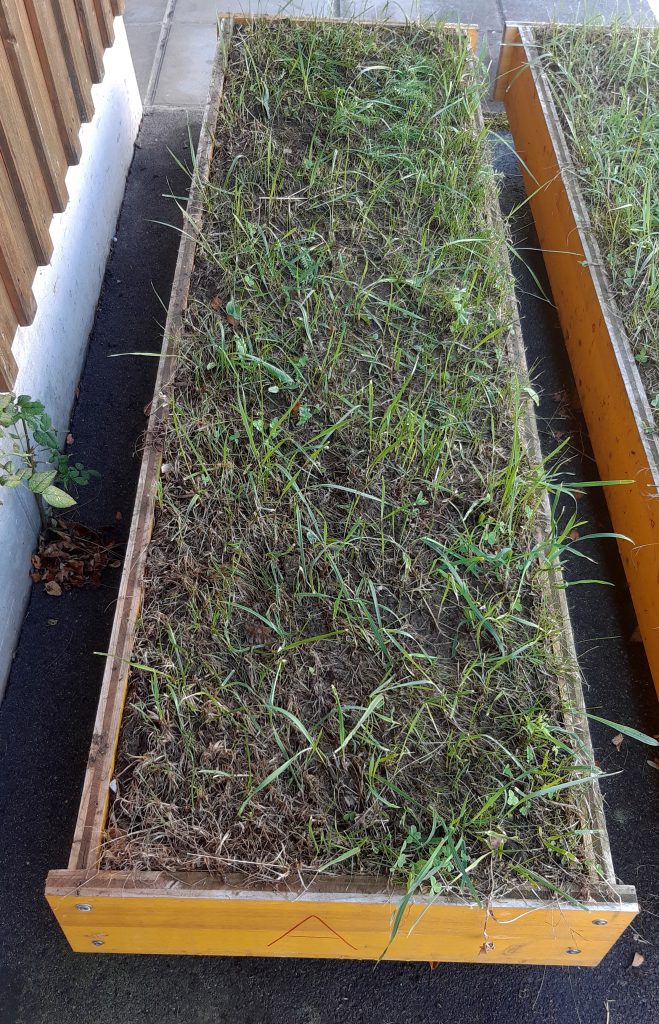We recently published a new paper on phosphorus (P) retention in vegetated filter strips (VFS). The study comprised of an extensive sampling array that allowed a three-dimensional view of physical and chemical soil parameters, especially different P fractions.
The extent of a VFS is crucial for a functioning sediment and nutrient retention. Nevertheless, traits such as vegetation type and structure, as well as external factors such as field topography or the severity of erosive events are equally important and should be more strongly considered in VFS designs. A priori measurements and modelling of soil P status and location of flow convergences before implementation would further contribute to ensure effective VFS designs.

Especially problematic is a concentrated runoff from the field, which can severely diminish the retention effectivity of a VFS. These are, however, often not or only insufficiently considered in VFS designs.
Furthermore, we published a Technical Note about the possibility to combine undisturbed soil monoliths to larger soil blocks for runoff experiments. This method was used for our indoor runoff experiments.

Both publications can be downloaded free of charge.
Ramler D, Inselsbacher E & Strauss P (2023): A three-dimensional perspective of phosphorus retention across a field-buffer strip transition. https://www.sciencedirect.com/science/article/pii/S0013935123012380
Ramler D & Strauss P (2023): Technical Note: Combining undisturbed soil monoliths for hydrological indoor experiments. https://hess.copernicus.org/articles/27/1745/2023/